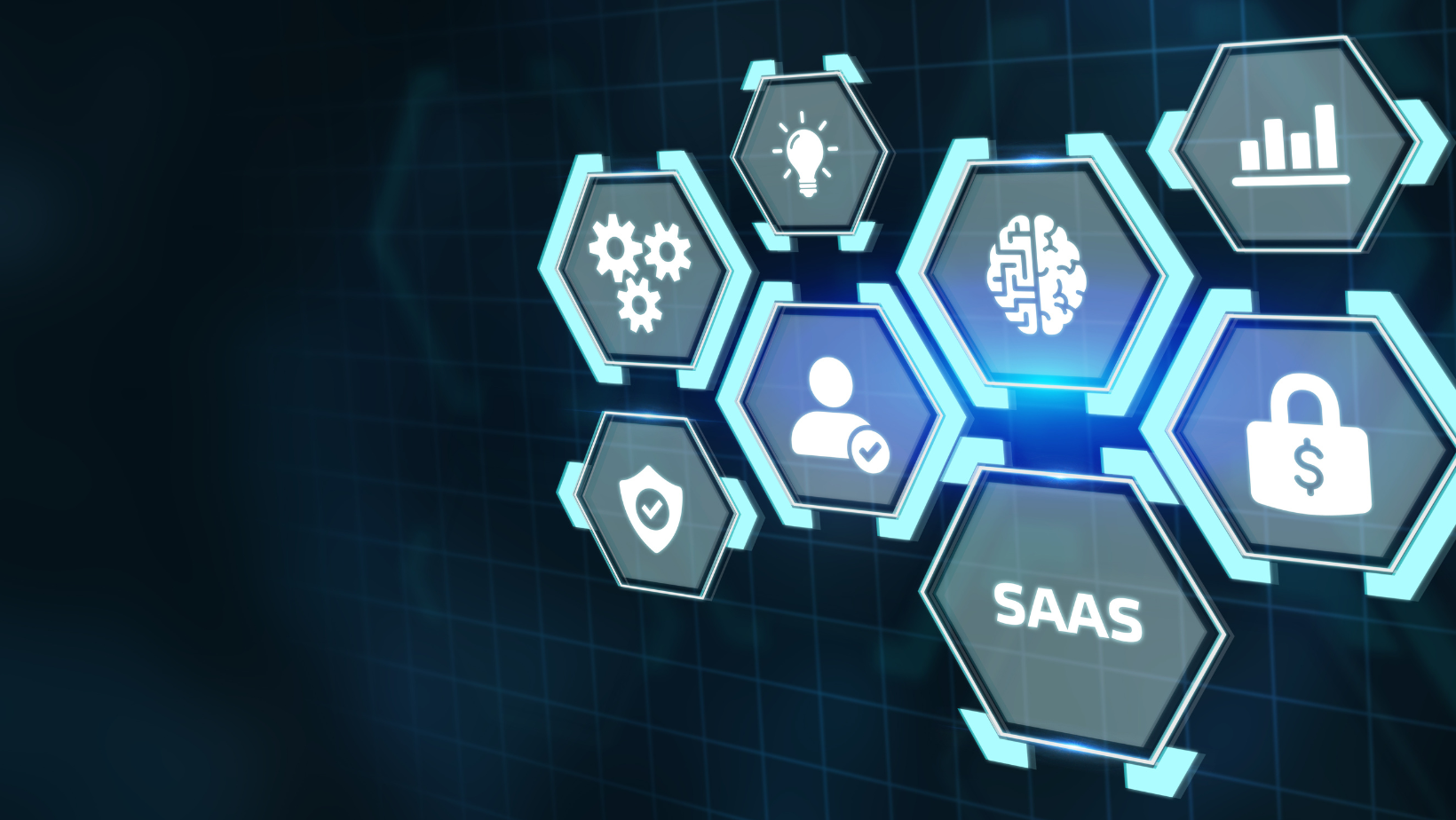Thinking about a software development life cycle does not have to be a nightmare. On the contrary, it is an opportunity to plan ideas and contemplate all possible scenarios in advance. Here is a brief guide to this topic.
A software development life cycle (SDLC – Systems Development Life Cycle) is a structure that helps us to validate that all development phases are included and initial requirements are met, using suitable methods.
In other words, it is a roadmap in which we can capture everything we need and analyze different scenarios to avoid cost overruns in development and ensure a fulfillment of promises made to customers.
Beyond development
A lack of requirement clarity generates reprocesses, tasks that must be repeated or complicated functions: all this ends up affecting budgets. However, here we will review how to easily apply a software development life cycle, taking into account its different phases.
Communication: This is a whole project genesis. It is essential to understand the idea of what we need, express it clearly and outline the scope. In other words, what we want with this project, and what we do not want.
Planning: This is the time to evaluate context, analyze project feasibility, its possible risks, the associated costs and even the delivery deadlines. In the first part we defined what we want; in this second part how we will do it.
Analysis: What will the software do? What functions should it have? Is there any integration to be contemplated? Future requirements? Can it generate conflicts with other corporate applications already in use?
Answering all these questions and many others is part of the analysis phase. The most important thing is that the development must be practical. It must solve the problem that was raised at the beginning, avoiding additional elements that are not vital to the project.
Design: In this part we start to translate all the above into more concrete elements. The structure of the software is defined. It is essential to work in an iterative way (presenting advances with certain periodicity), to validate that the project is heading in the right direction and in case adjustments are required, to make them at the right time.
Implementation: We come to the moment of development, the time for programming. It is essential to choose a language that allows to create fast solutions and that is not indecipherable. Thinking in a very simple logic is vital.
Although there are many ways to comply with this phase of the software development life cycle, there are those who prefer to develop by functionalities and deliver them one by one, checking that each function fulfills its purpose without complications.
Testing: There is no minimum testing: sometimes when you think that the development cannot be better and that it is ready to be delivered, an update of one of the integrations comes out, forcing a new test.
Here it is essential to perform as many tests as possible at the level of functionalities, panels, modules and products in general. Even testing to make mistakes can help deliver a better experience to the end customer.
Deployment: It is time to get the product up and running. No matter how much testing has been done during the software development lifecycle, there are bound to be issues. Conflicts do not take long to appear in a deployment, but this is normal in any implementation.
Maintenance: To get the most out of any software development it is important to consider corrective maintenance (to adjust possible failures), adaptive (to adapt it to new networks or new operating systems, for example) and perfective (to add new features).
Appspring offers you everything you may need for a software development thinking about how to optimize your business processes. Aligning those needs with software solutions is one of our specialties.

